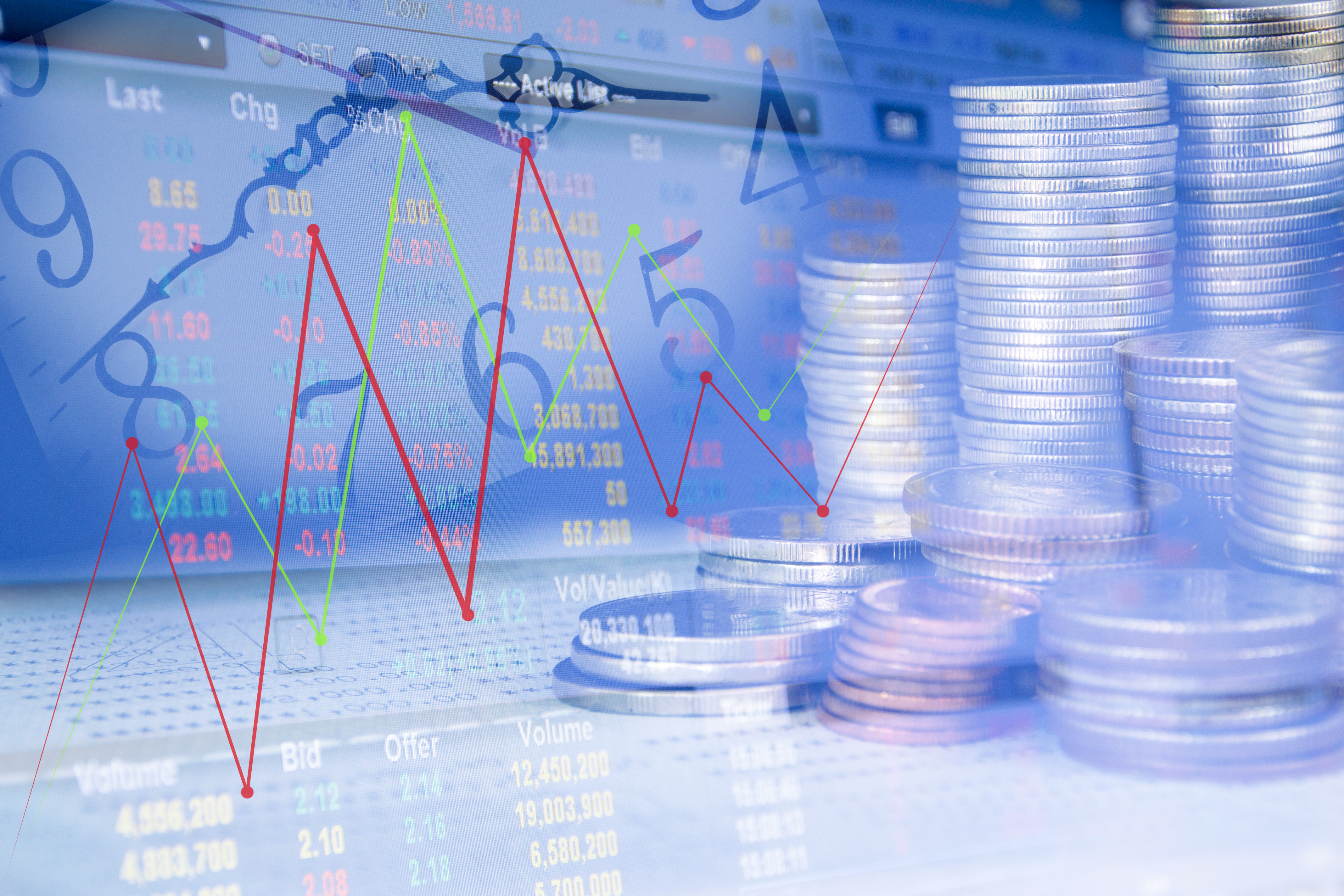The stock market was right. Bullish investors were vindicated after the Bureau of Labor Statistics (BLS) reported on Wednesday that consumer prices grew at a slower-than-expected pace in July.
Leading up to the report, the iShares Core S&P 500 UCITS ETF (CSPX) had rallied 13.5% from its lows, fuelled by expectations that inflation had peaked.
Subsequently, the BLS confirmed that inflation has likely peaked. After rising at a 9.1% year-over-year pace in June, the consumer price index only grew 8.5% in July. On a month-over-month basis, prices were flat from June to July.
A large part of that had to do with an 8% decline in gasoline prices – which make up more than 5% of the CPI basket – but even stripping out volatile energy and food prices, the growth in consumer prices slowed notably.
From June to July, core consumer prices increased by 0.31%, the slowest month-over-month growth since September 2021. On a year-over-year basis, core CPI was up by 5.9%, equal to the rate seen in June and down from its peak reading of 6.5% in March.
With inflation finally showing signs of cooling, CSPX advanced 2% on Wednesday, bringing its gains since the mid-June lows to nearly 15%. The ETF is now only down 12% from its all-time highs.
The tech-heavy Invesco Nasdaq 100 UCITS ETF (EQQQ), which is a bit more sensitive to inflation and interest rates, rose by 2.5% on Wednesday. Since the June lows, the ETF is up nearly 20% and it is down a similar 19% from its highs.
Until the release of today’s CPI data, many had puzzled over the rally in stocks from their lows. How could stocks be going up in the face of multidecade highs in inflation and aggressive interest rate hikes from the Fed?
It is because the market was correctly foreseeing a notable deceleration in inflation brought on by declining commodity prices and improving supply chains.
Breathing room
This better-than-expected CPI data also gives the Federal Reserve breathing room to slow the pace of its rate hikes. Fed funds futures are implying that the US central bank will most likely hike rates by only 50 basis points at its September meeting, down from the 75 basis point hikes it made at the last two meetings.
Sensing smaller rate hikes, the two-year US Treasury bond yield dropped by 10 basis points (bps) to 3.17% on Wednesday. The 10-year Treasury bond yield was flat at around 2.77% while the 30-year yield rose by five bps to 3.04%.
This steepening of the yield curve reflects an expectation of smaller Fed rate hikes and diminishing risks that the Fed will overtighten, pushing the economy into a recession. The iShares US Aggregate Bond ETF (IUAG) gained 0.4% on Wednesday.
However, Tom Hopkins, portfolio manager at BRI Wealth Management, said the latest figure is unlikely to stop the Fed from continuing with its current monetary policy plan.
"The Fed has a tricky task ahead of them trying to ensure that inflation expectations do not become entrenched, but they are likely to continue tightening policy into a slowing economy," he added.
Like equity ETFs, fixed income ETFs had rallied significantly from their June lows leading up to this CPI reading. Still, there is still one more jobs report and CPI report before the Fed’s next monetary policy decision in September.
And the fact that the two-10-year part of the yield curve remains inverted suggests the Fed’s fight to tame inflation is not over yet.
This story was originally published on ETF.com
Related articles


